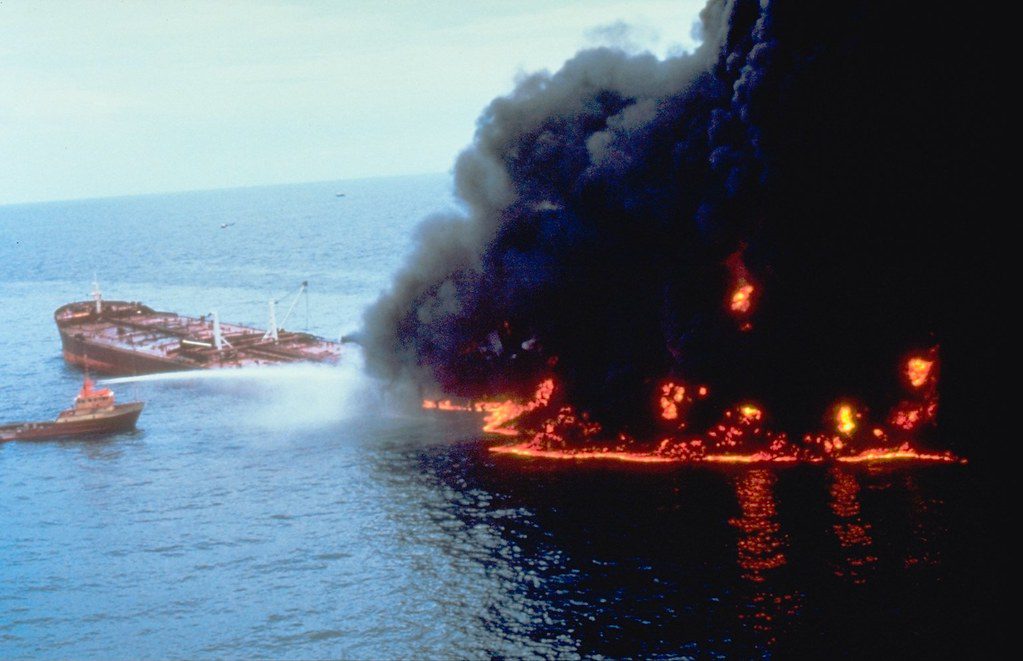Could Gulf of Oman attacks escalate to this?
Photo Credit: Collection of Doug Helton, NOAA/NOS/ORR.
Introduction
As has been widely reported, missile and limp mine attacks took place on two large crude oil tankers navigating at the western end of the Gulf of Oman on 13 June 2019. These attacks appear to be an escalation of the four tanker attacks that took place off Fujairah on 12 May 2019. The purpose of this Risk Bulletin is to ensure that MM members – regardless of the flag their ships fly – are fully aware of the significant dangers now posed to shipping in the Persian Gulf, the Straits of Hormuz and the NW sector of the Gulf of Oman.
Background
MM members will no doubt be aware of the long existing and unfortunate tensions between Iran and Saudi Arabia. The US added to these tensions by its withdrawal from the UN endorsed ‘Joint Nuclear Deal’ (JND) with Iran. The recent tightening of sanctions on Iran’s export of crude oil have also impacted heavily on Iran’s economy by greatly restricting its crude oil customer base. These actions have been strongly criticised by the EU and other JND nation state partners as being provocative and were recently described by Iran as “US economic terrorism”.
The perpetrators of the aforementioned tanker attacks are alleged by the US and Saudi Arabia to be Iranian military forces. These allegations are emphatically denied by Iran’s leaders. Meanwhile, investigations by all parties concerned continue.
War Risk Insurance
War Risk insurance is of course an important issue. Decisions relating to the imposition of additional premiums for marine war risks in potentially dangerous areas are made by the Joint War Risks Committee (JWRC) in London. Acting on specialist security advice, the JWRC extended the JWRC Listed Areas on 17 May 2019 to include the Gulf of Oman, the UAE and the Gulf and Red Sea Coasts of Saudi Arabia. MM members are advised that if they are currently trading in these areas or plan to do so, then they should confer with their H&M and P&I broker to ensure that additional war risk premiums are agreed and appropriate cover is in place.
Threat Assessment
As advised above, the JWRC has extended its ‘Listed Areas’ which are defined as “areas of perceived enhanced risk.” No advice is provided by the JWRC as to the magnitude of the risk.
Current advice from leading war risk insurers is that for vessels operating in the Persian Gulf, Strait of Hormuz and North Western Gulf of Oman:
- The threat to tankers and gas carriers is currently assessed as HIGH.
- The threat to other vessel types is currently assessed as MODERATE.
BIMCO have issued a security advisory which suggests that members should consider diverting their ships away from the area of the last attack. BIMCO added their further assessment that, “Tensions in the Strait and the Gulf are now at the highest they can be without an actual armed conflict.”
Loss Prevention
MM advises their members and their masters to exercise extreme caution when operating in the Gulf of Oman/Strait of Hormuz/Persian Gulf region. MM’s recommendations include but are not limited to the following:
- Obtain the latest threat advice from the UKMTO (United Kingdom Maritime Trade Operations), an organisation that is run by the British Royal Navy.
- Adhere to the ship security guidance provided by BMP 5 (Best Management Practices to Deter Piracy and Enhance Maritime Security in the Red Sea, Gulf of Aden, Indian Ocean and Arabian Sea).
- Download and review a copy of the NATO Shipping Centre document ATP-02.1, (Naval Cooperation and Guidance for Shipping) which complements BMP5.
- Conduct crew training refreshment by reference to the Global Counter Piracy Guidance for Companies, Masters and Seafarers
- Prepare and test an emergency communication plan inclusive of posting all essential emergency contact numbers.
- Confirm the ship’s Automatic Identification System (AIS) use policy. (UKMTO recommends that AIS should remain on throughout to allow tracking by military defenders but data should be restricted by not posting departure or destination port.)
- Ensure your ship’s active participation in the UKMTO voluntary reporting programme as detailed in BMP5 and on Admiralty Chart Q6099.
- As a part of STCW Voyage Planning, ensure that a voyage specific threat assessment is conducted before entering any JWRC designated ‘Listed Area’ or UKMTO ‘High Risk Area’ (HRA) as shown on Admiralty Charts Q6099 and Q6111.
- Review the ship’s ISPS formal Ship Security Plan and establish the appropriate ISPS security level to be set for JWRC ‘Listed Areas’ and UKMTO ‘HRAs’. (BIMCO and some flag states have recommended ISPS Security Level 2)
- Prepare for implementation of full shipboard counter piracy and terrorist attack measures inclusive of:
- Increasing number of posted lookouts and security patrols while both underway and at anchor.
- Utilising floodlights and rigging anti-boarding devices as appropriate.
- Ensuring the instant readiness of all firefighting equipment and teams.
- Confirming the crew’s familiarity with ship abandonment procedures and equipment.
- Keeping water tight doors and cargo hold/tank hatches in the closed and secured position and only opened for essential crew access.
- Minimising the number of duty crew on deck and in the engine room and moving all remaining crew to a sheltered above water line position with ready access to main deck
- Maintaining an on-going dialogue with ship’s agents and local port authorities.
- Reporting any security incidents and/or suspicious behaviour to UKMTO, MSCHOA and CMF (contact details contained in BMP5).
Conclusion and Takeaway

A Security Threat is described by the BMP5 manual as consisting of the three sides of a ‘Threat Triangle’ labelled as Capability, Intent and Opportunity. Capability means attackers have the physical means to conduct an attack. Intent is demonstrated by continued attacks. The shipowner can do little or nothing about these two sides of the threat triangle.
Conversely, Opportunity is a function of time, place and accessibility. This side of the Threat Triangle can be influenced by shipowners and their crews through application of the BMP5 mitigation measures. In short, if the Opportunity side of the triangle is minimised, then the threat and risk are minimised and can even be negated. This must therefore be the goal of the shipowner and the shipboard team.
The current high tension and high risk situation in the Gulf of Oman/Strait of Hormuz/Persian Gulf region may well escalate if Iran is forced to further reduce its oil productivity and foreign sales. This is a situation that requires very close monitoring and the greatest possible care by MM members who may be trading or plan to trade in that area. It is essential that this care includes the implementation of both BMP5, ATP 02.1 and the Global Counter Piracy Guidance documents which provide a powerful blueprint for their ships’ defence and crew safety.
MM members are invited to contact MM directly for further advice and recent updates.


